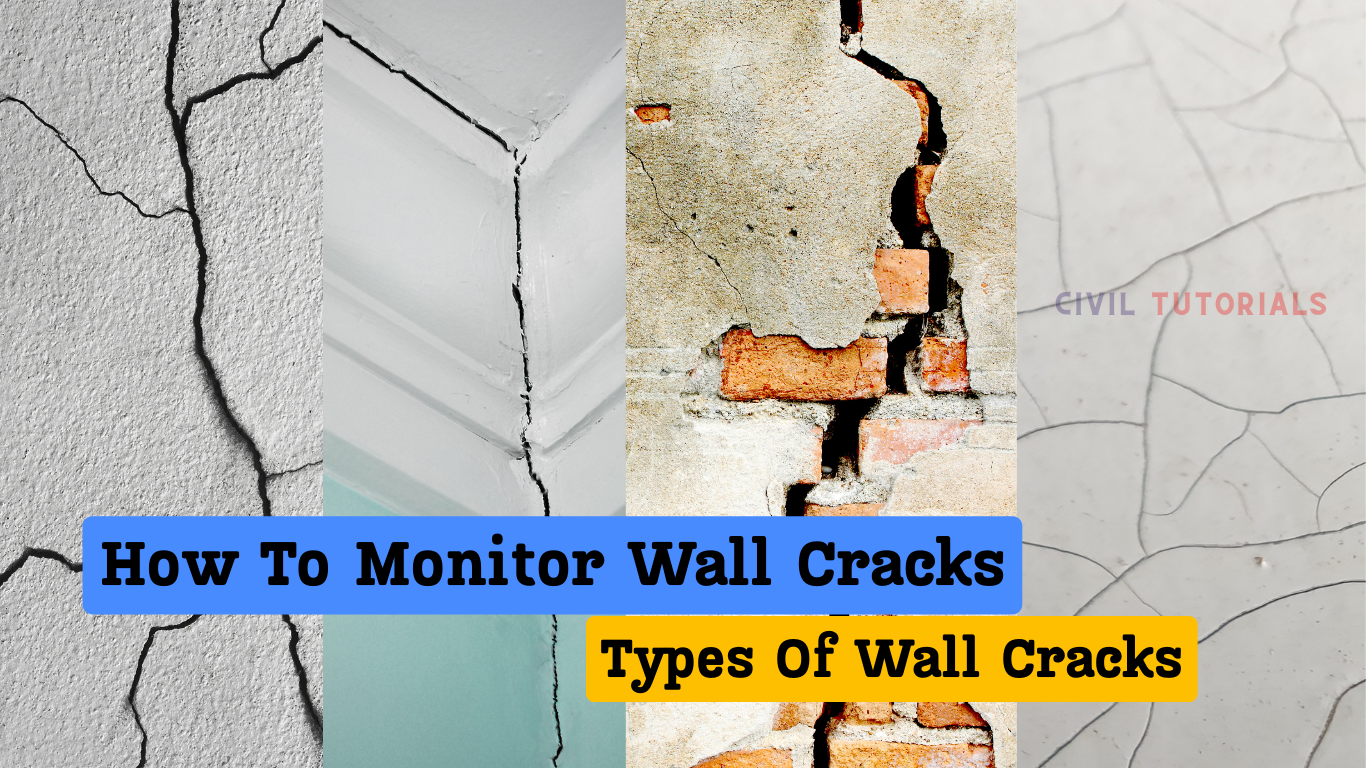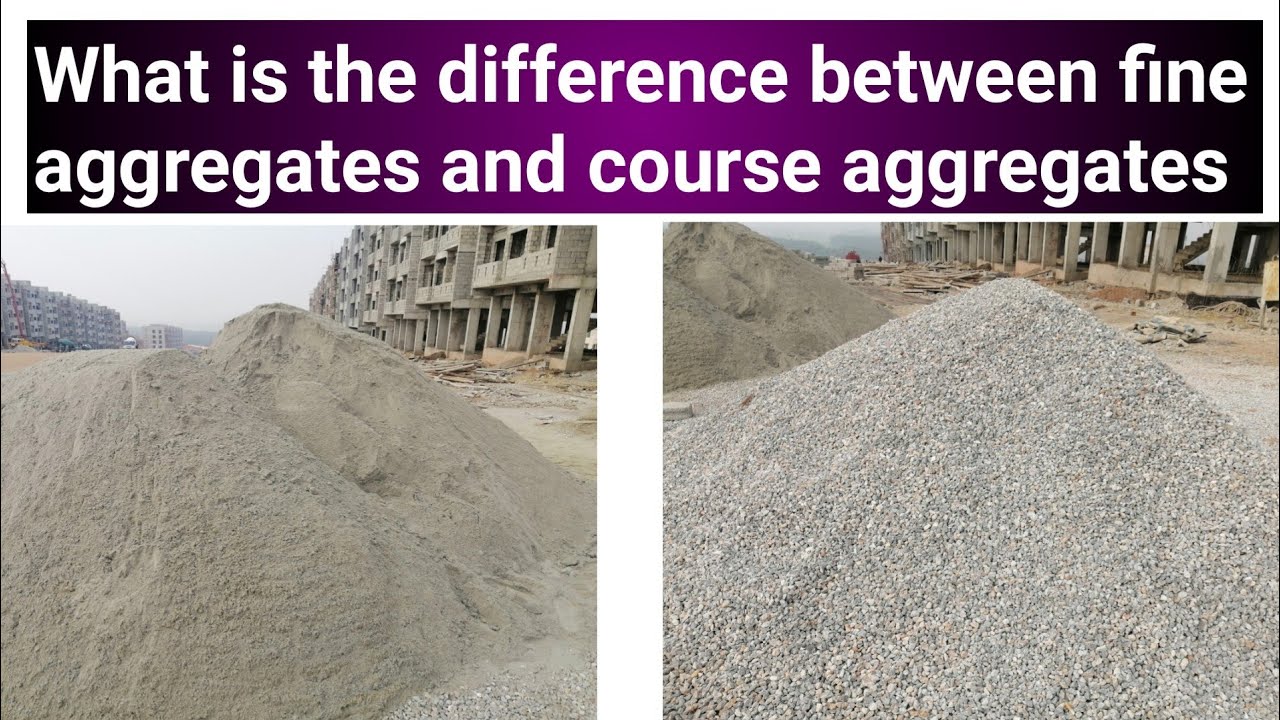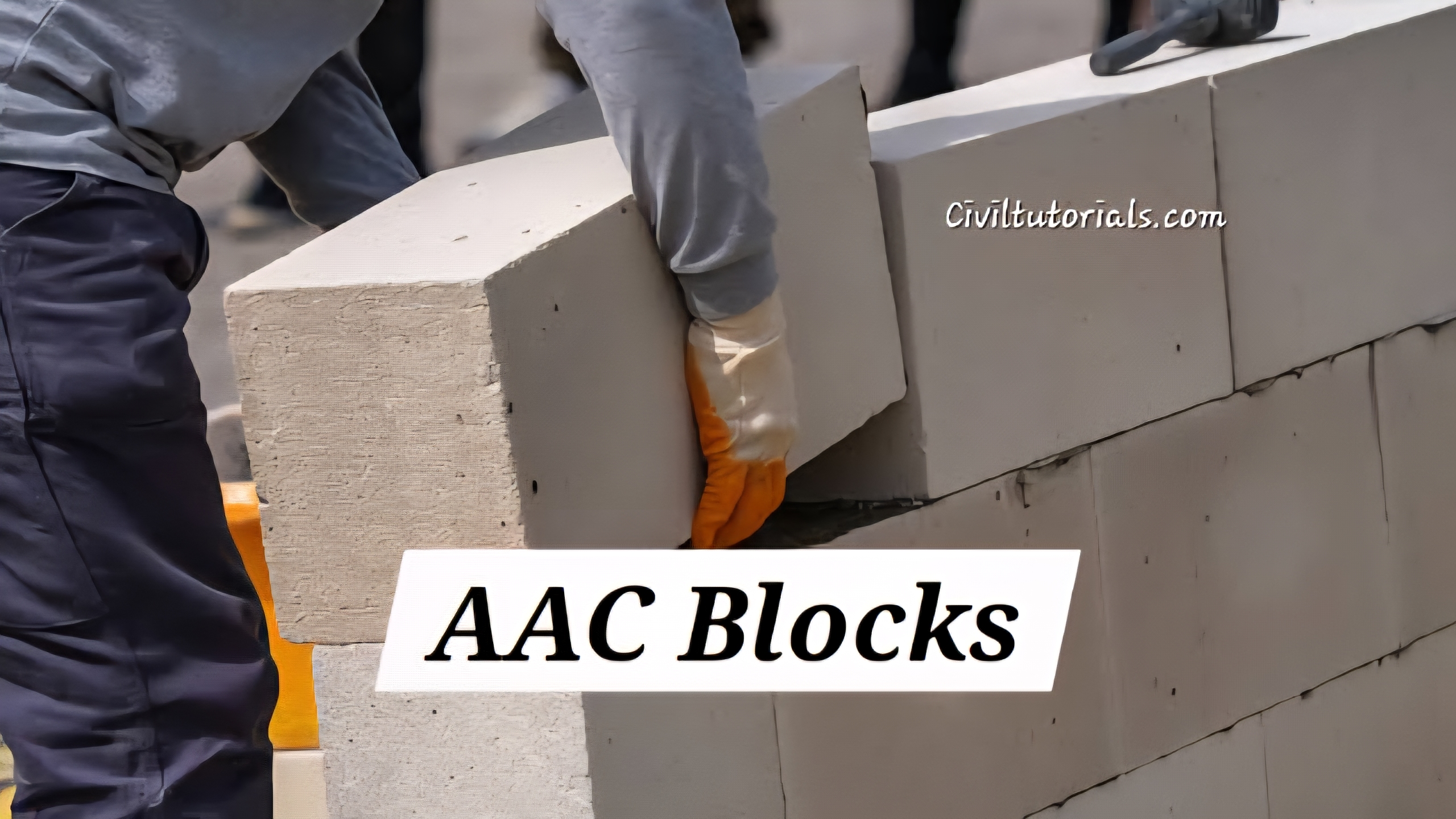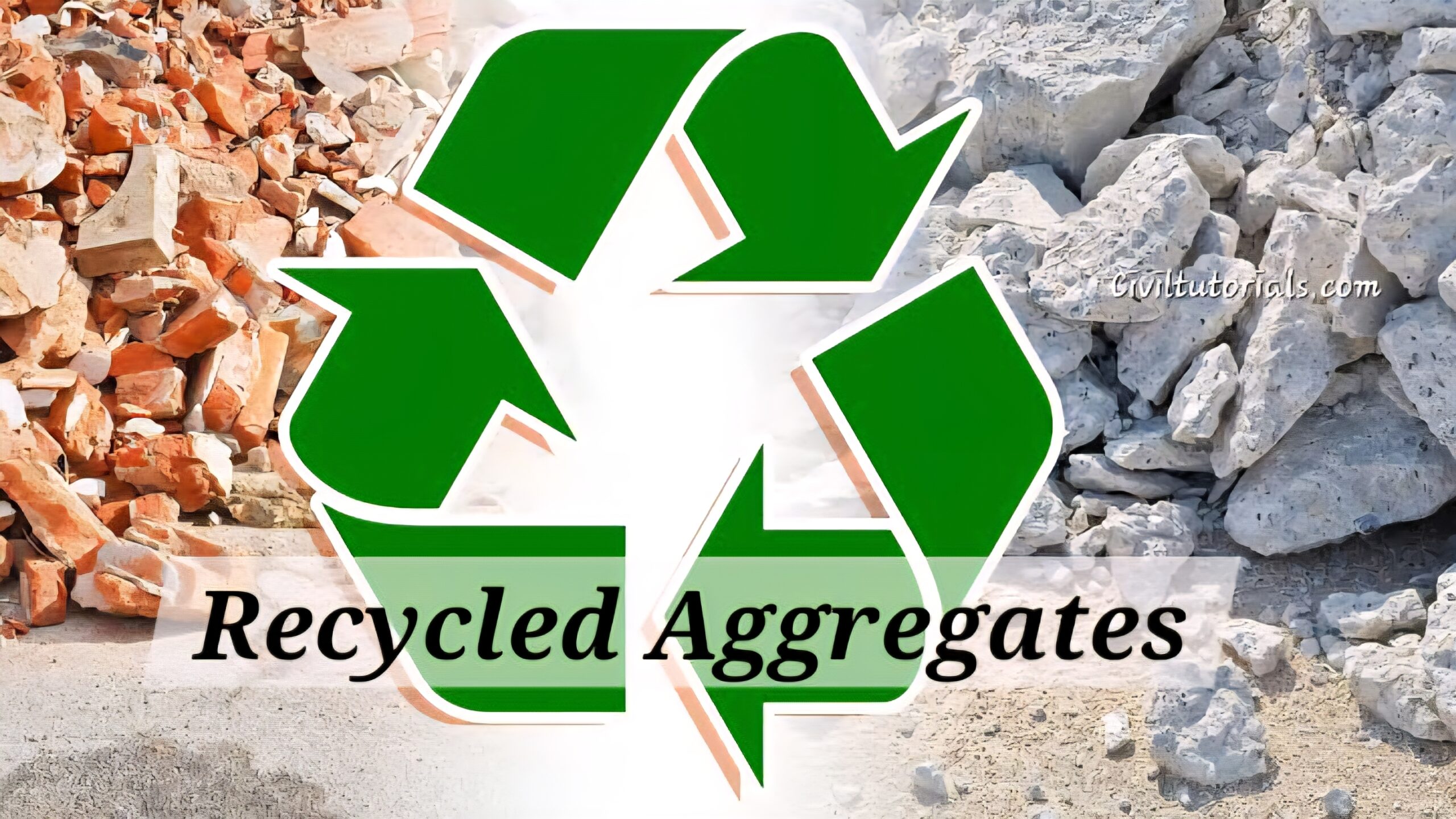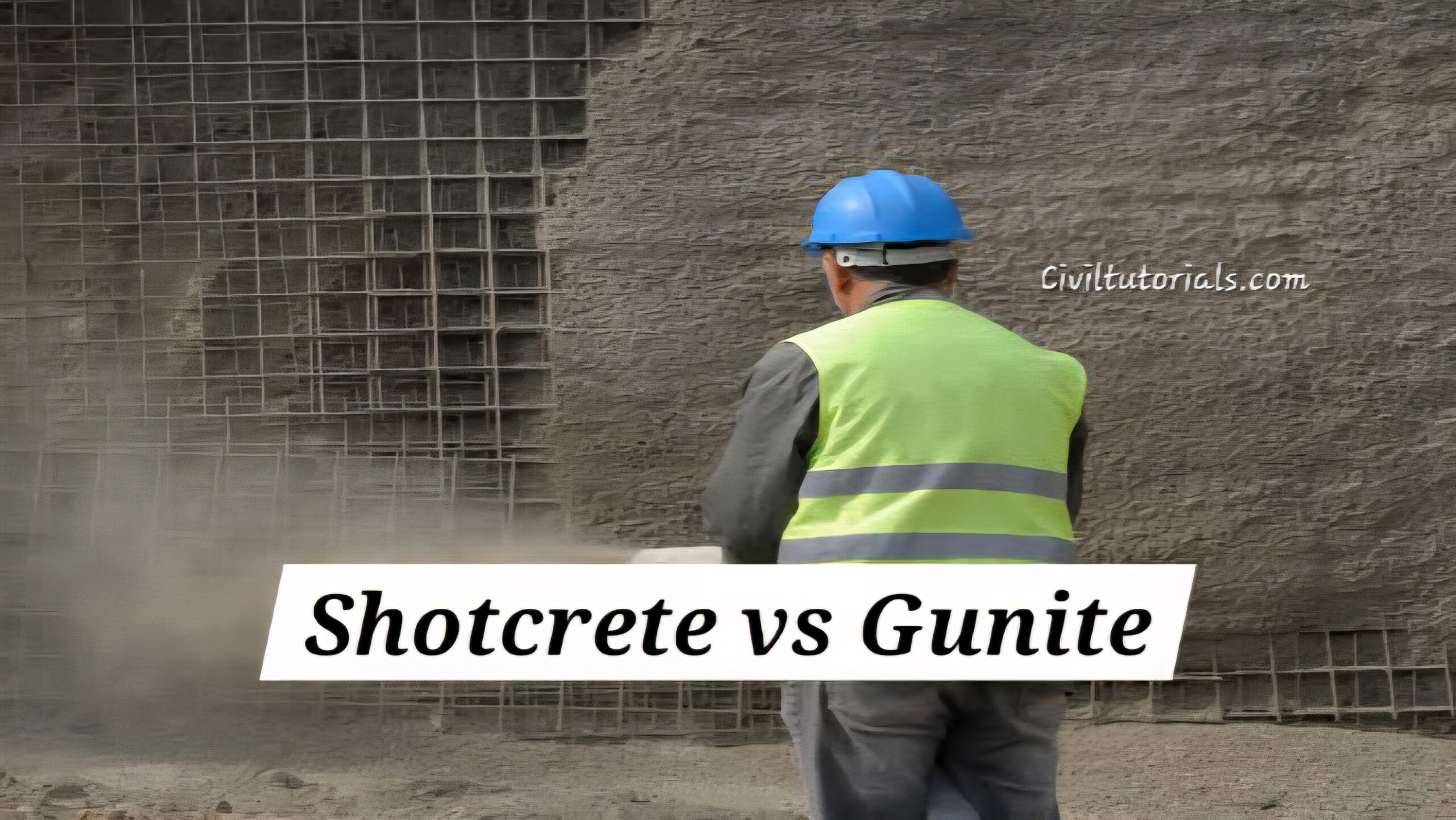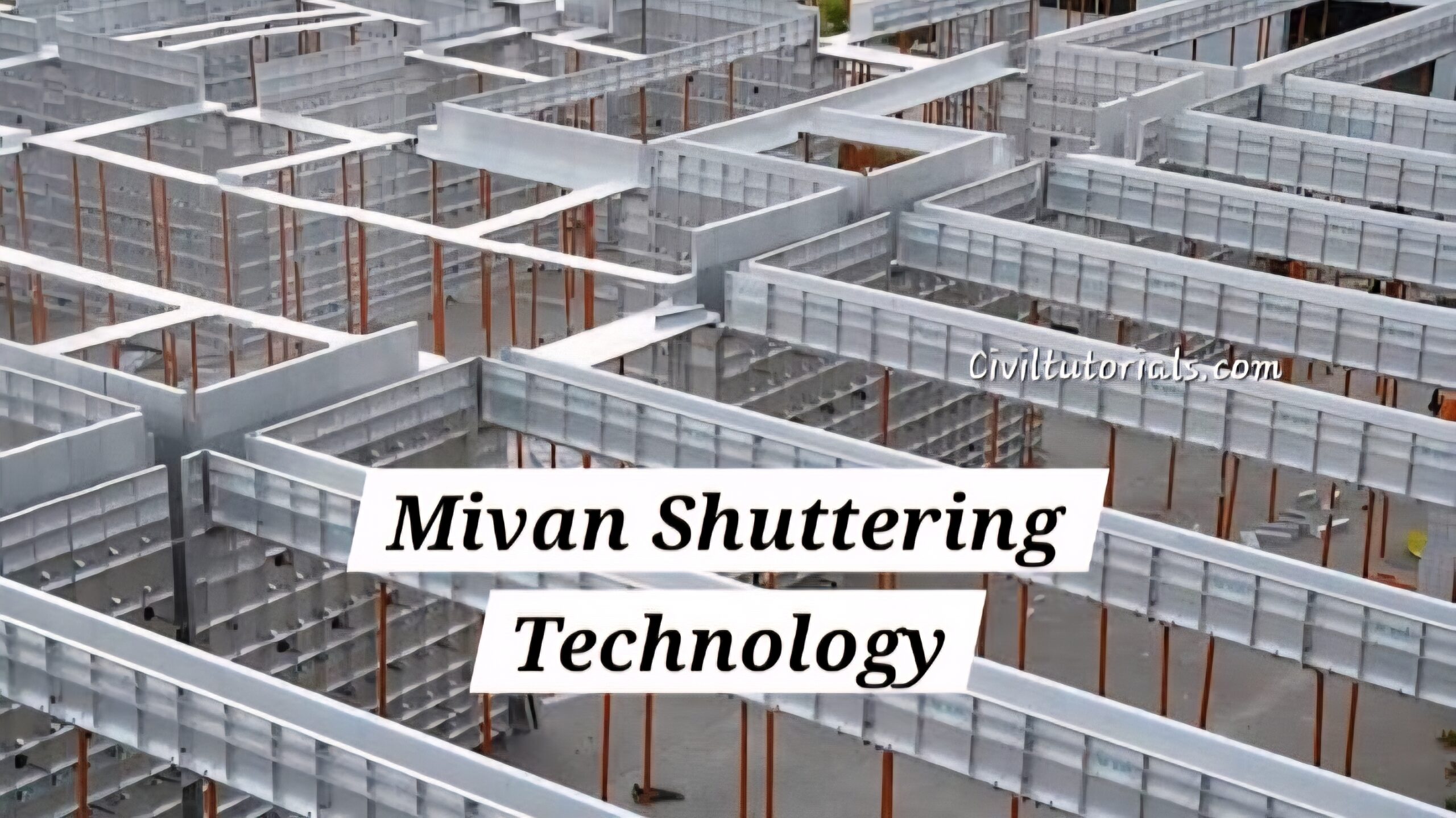How to Monitor Wall Cracks: Wall cracks can occur frequently in homes and buildings all over the world. Knowing how to keep an eye on them is vital to preserving the integrity and security of your living or working environment. This guide will give you the knowledge you need to recognize, classify, and keep an eye on wall cracks.
Types of Wall Cracks
There are many types of cracks in the walls, and it is very important to monitor them. Unless you know how many types of cracks are in the walls, you will be unable to monitor them, or else you will face difficulty. Their types are given below:
1. What are hairline cracks?
Hairline cracks in walls are very thin fractures that frequently show up on the surface. They are usually less than 1/16th of an inch wide and are found in plaster or drywall. Hairline cracks can be a source of concern for homeowners.

Hairline cracks are usually superficial and result from a building’s natural settling or small movements over time. They are primarily cosmetic and do not indicate major structural issues, but it is advisable to monitor them to make sure they do not widen or multiply.
2. What are vertical cracks?
Vertical cracks in walls are straight breaks that run up and down the wall. They usually appear straight up from the ground and can be caused by different things, like a building settling, changes in temperature, or small shifts in the foundation. Even though vertical cracks are usually not as bad as horizontal ones, they shouldn’t be ignored.
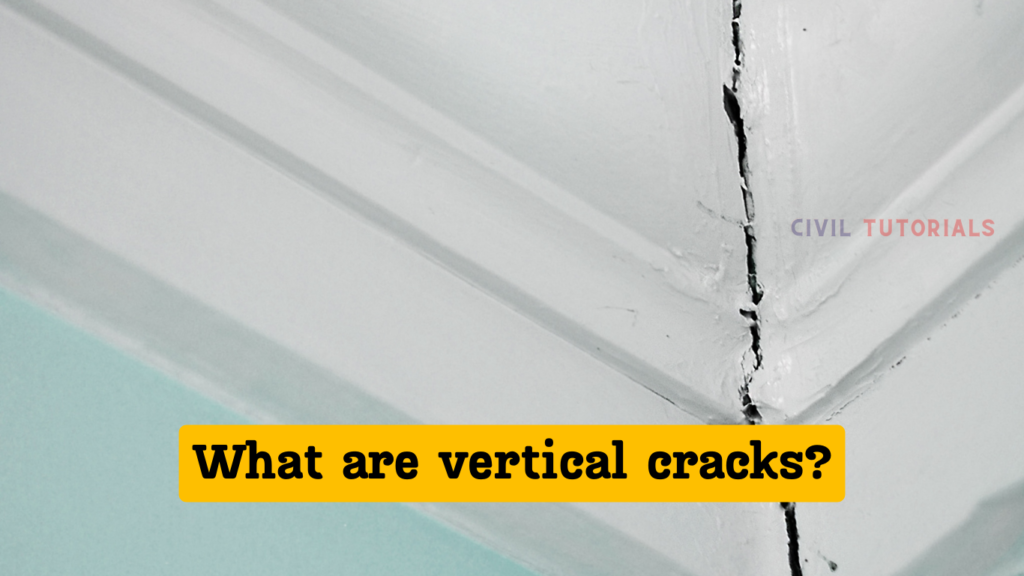
It’s important to keep an eye on their size and any changes over time to understand how serious they are. Vertical cracks might just be a cosmetic problem or a sign of small structural movement. But if they get bigger or change, it’s a good idea to get professional advice to make sure there aren’t any hidden structural problems. Regular checks and fixing problems on time can stop vertical cracks from becoming bigger problems.
3. What are diagonal cracks?
Diagonal cracks on walls usually appear as slanted lines. They often suggest that the building has structural problems. These problems could be due to the foundation settling, sinking, or pressure from the earth. Diagonal cracks are more serious than small, thin cracks and need more attention.
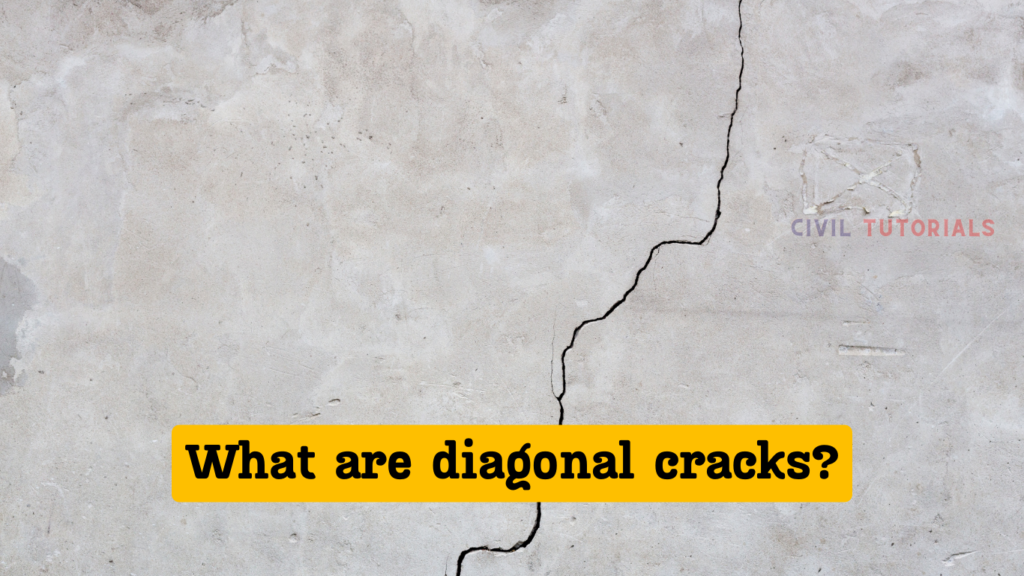
It’s important to watch these cracks to see if they get bigger or change direction. This helps figure out how serious they are and what’s causing them. Then, experts can step in on time to fix any structural issues.
4. What are horizontal cracks?
Horizontal wall cracks are usually more worrisome than vertical or diagonal ones because they could mean there are big structural problems. These cracks often come from sideways pressure on a building, which weakens its base. Unlike vertical cracks, horizontal ones could mean there are serious issues like the foundation settling, pressure from the soil, or water damage.

It’s important to keep an eye on how wide and fast these cracks are growing because if they get bigger, it could mean the building is moving. If you ignore these cracks, they could make the building unstable and dangerous. If you see horizontal cracks, you should get professional help to figure out how bad the damage is and what needs to be done to fix it.
5. What are settlement cracks?
Walls can get cracks due to the natural movement or shifting of a building’s foundation over time. As a building settles, small cracks can appear, especially near doors, windows, or on walls that carry weight. These cracks are usually thin and vertical and are a normal part of a building as it gets older.
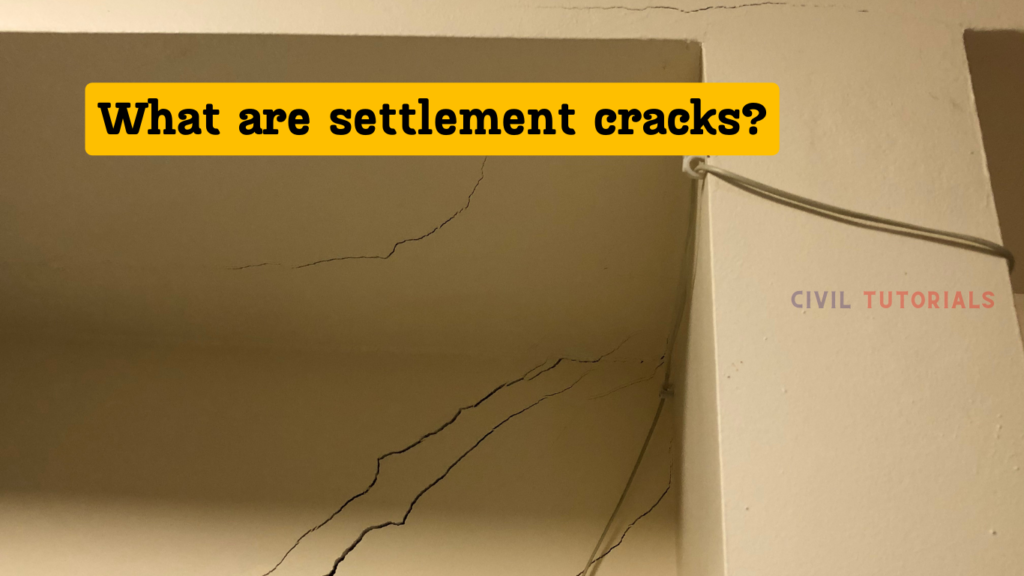
While most of these cracks are harmless and just affect the look, it’s important to keep an eye on them to make sure they don’t get bigger. This could mean the building is still moving, or there could be bigger structural problems. Regular checks and, if needed, talking to a structural engineer can help figure out how serious the cracks are and what steps to take to prevent or fix them.
6. What are shrinkage cracks?
Walls can crack when building materials like concrete dry and harden. This process makes the materials shrink, causing small, thin cracks to appear. These cracks are usually vertical and might not look good, but they don’t usually damage the wall’s strength.
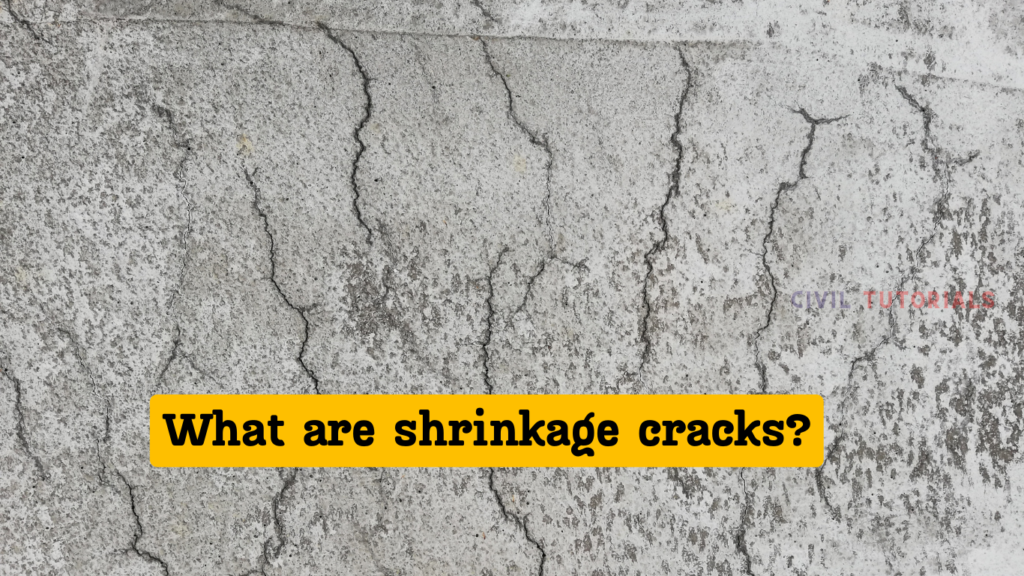
This type of cracking is common in new buildings, especially in dry or low-humidity areas where drying happens faster. Using the right drying methods and expansion joints can help reduce these cracks.
7. What are expansion cracks?
Stair-step cracks look like stairs and often appear on walls. They usually mean that the building’s foundation is settling or moving. These cracks are often found in brick or block walls, where the joints between the bricks can become stressed.

Stair-step cracks can be worrying because they might indicate serious problems with the building’s structure or foundation. These issues might need a professional to check and fix them to keep the building safe.
8. What are the cracks near the corners of openings?
Cracks usually appear near the corners of wall openings due to stress. This happens when the building settles or moves, causing the corners of doors, windows, or other openings to bear the strain. This stress can cause cracks, often diagonal, to form in these corners.
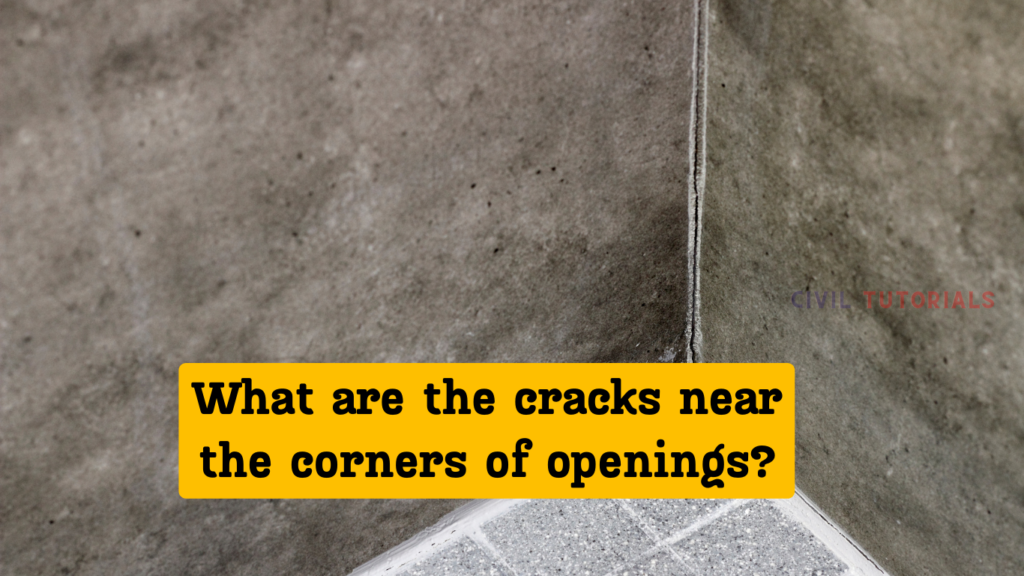
It’s important to watch the size and growth of these cracks, as they could signal deeper structural problems that need fixing to keep the wall stable and strong. It’s a good idea to get advice from a structural engineer for a complete check and the right fixes.
9. What are the cracks in the drywall?
Drywall cracks are breaks that often happen inside buildings. They can be caused by the building’s settling, changes in temperature and humidity, or the materials getting old. Some cracks are just surface-level and don’t look good.
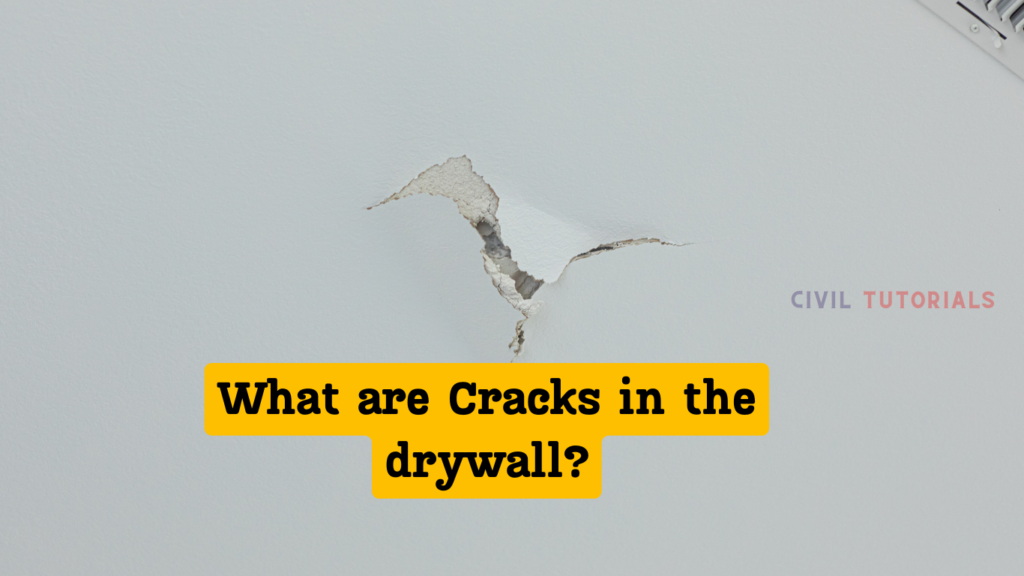
While others could mean there are deeper problems with the building,. It’s important to regularly check for and fix these cracks to stop them from getting worse. This helps keep the inside walls looking good and lasting longer.
10. What are Map cracks?
Map cracks, or map pattern cracking, are small linked cracks on a wall that look like a map. They can happen because of plaster shrinkage, the building settling, or poor paint layer bonding.

Even though map cracks are usually just a visual issue and not a big structural problem, it’s important to watch them and fix any underlying problems to stop them from getting worse and keep the wall looking good. Regular checks and proper repairs can help control map cracks.
How To Monitor Wall Cracks: Unique Techniques
If you don’t keep an eye on wall cracks, they could harm your home. There are several ways to check the cracks, which work for all types. How To Monitor Wall Cracks Below are my suggested methods.
1. Photographic Documentation
To easily keep an eye on wall cracks with photos, you should regularly take clear pictures of the cracks. Use something like a ruler as a reference point for exact measurements. This method helps you track any changes in the crack’s size and direction over time.
Always take pictures from the same spot and use a reliable reference, like a ruler next to the cracks. This way, you can make accurate comparisons. Checking these pictures can help you spot if the cracks are getting bigger.
This is useful for checking how strong the wall is. This method helps you spot problems early on. This way, you can fix the problem quickly and stop more damage from happening.
2. Measuring Crack Width
Checking wall cracks by measuring their size is a key part of checking a building’s health. Measuring crack size can show how serious structural problems are and if they’re getting worse. This usually involves using special tools like crack gauges or rulers to measure the cracks regularly.
Watching how the crack size changes can show if the cracks are staying the same, getting bigger, or getting smaller. If the cracks get a lot bigger, this could mean the structural problems are getting worse and need to be fixed quickly.
This method helps with regular upkeep, letting building owners and engineers fix problems before they get worse. This helps keep the building safe and lasting a long time. Regular and accurate crack measurements are a key part of a good building monitoring and upkeep plan.
3. Recording Environmental Factors
Keeping an eye on wall cracks by noting changes in the environment means using sensors and data systems to follow conditions that might cause or worsen wall cracks. These sensors can check things like temperature, humidity, moisture, and movement in the building.
By constantly recording and studying this data, we can spot patterns and links between changes in the environment and the appearance of wall cracks. For example, changes in moisture or temperature can affect how materials expand or shrink, which might cause cracks.
Using this kind of monitoring system lets us spot harmful environmental conditions early, which could weaken a building’s structure. This allows for quick action and steps to prevent these factors from damaging the walls. This forward-thinking method helps keep the building stable and long-lasting.
4. Visual Inspection
Regularly checking wall cracks by looking at them helps spot any changes in their size, length, or patterns. This method needs a sharp eye to notice changes that could mean there are problems with the structure. During these checks, it’s important to look at the direction of the cracks, their width, and any signs they’ve moved. Keeping a record of these observations over time can provide useful information.
If the cracks get wider, longer, or change in other ways, it could mean there are serious structural problems that need professional help. Checking the cracks by looking at them is a good first step and an ongoing way to spot potential problems early and deal with them quickly.
Key Considerations for How To Monitor Wall Cracks
Here I have told you some things that you should always apply in your house, which will increase the lifespan of your house, and there will never be any incidents.
1. When to Seek Professional Help
If you are regularly monitoring the cracks in the walls and you see changes in cracks getting bigger or smaller, then I would advise you to consult an engineer and get it checked from time to time. This is part of the health of the house and is most important.
2. Regular Maintenance
Small cracks keep being corrected regularly so that they do not become bigger and do not become a big problem later. Constant maintenance increases the health of the house, and the biggest experts advise the same. You will easily get information about how to repair cracks in walls.
